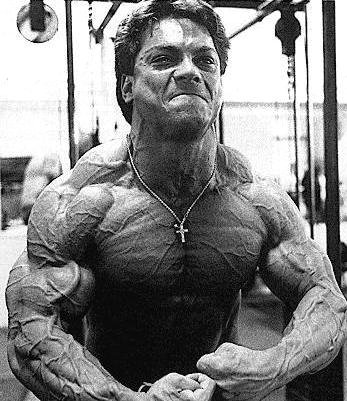My only regret while writing this is that i did not document my journey from being a bigger 85kg person to the current 67kg person. I did not plan for this weight loss, let alone the transformation that happened.
There are a few ways known to measure body fat practically. Two methods that i have used extensively was the Pinch test (skin fold measurement using a caliper) and using a scale that convert bioelectrical impedence resistance to fat. Both are easily available and the accuracy of both method doesn't differ much if done correctly. However, as the pinch test is often subjective to the accuracy of the location of measurement, they often gives varying results even on the same person.
Here are a few places where you can take skin-fold measurements (and with varying results, depending on your knowledge of human anatomy) such as triceps, biceps, calves, waist, shoulder blade and thigh. You can read more about them here. Warning though, you might get more confused than you wanted to and still not get an approximate result on your body fat.
 |
| From this site HERE |
 |
| Real DEXA Scan from another blogger monitoring her fat loss progress. Her adventure can be read here |
What is left that is easily attainable is usage of a weighing machine that will read body fat. A body fat analyser uses the bio-electrical impedance to convert into quantitative comparable numbers. Bear in mind that the reading changes if you wet your feet. Electric signal always takes the path of least resistance. So, harmless electrical current (usually powered by a few batteries) runs through your body. The resistance recorded will then be compared (by the machine) relating it to your body density. With muscle being denser and higher resistance and fats otherwise, a reading could be estimated and be used as a guidance. So, if you wet your feet before stepping on the scale, your body fat level will drop significantly, and you will register lower than usual body fat reading. A tip to be using any mechanical or digital scale, always measure at about the same time and same place (i.e. do not move the scale around). You can get a variation of up to 3kg if you reset (i.e. switched on) the electronic scale off the ground, or place the mechanical scale on carpeted/non-carpeted surface.
Having compared the few methods above, it is certain that body fat measurements will not be accurate unless you have access (or money) to proceed with the DXA scan. Hence, the motivation for a photographic comparison. While out looking for some photographic comparison on visually indication of body fat level and how someone will look like with X% of body fat, i chance upon this website by Leigh Peele, which has a lot of information on fat loss and doing it with good results.
Male
 |
| Photo from Leigh Peele website above. Male Bodybuilder is about 3-4% body fat. |
From the diagram above, a male bodybuilder is being compared to what a medically orientated chart shows of muscled skeleton looked like minus the fat. Bodybuilder (in competition) has super low fat level and often it goes down to a scary (claimed) 3%. Rich Gaspari is a fine example.
 |
| photo from here |
Not all of us are bodybuilders, so here are photographic reference of how body fat effects your physical appearances.
 |
| images from Leigh Peele |
Female
Female generally has higher body fat and it is understandable as that is how they are created. Women will not bulk up like men when they carry weight or become a bodybuilder unless they administer steroids or testosterone into their system. The hormonal balance in a woman will not allow them to bulk up (muscle mass) like men does.
A female bodybuilder typical range of 7% to 9% of body fat even at competition. Any lower they will start having their hormonal balance challenged and starting to miss their period. The American College of Sports Medicine studies recommend that a woman maintain between 8% and 12%. However, if you are a woman and bodybuilding and bulking is your main priority, what is missing your period? Point to note is that most women bodybuilder will not have their breast (which is essentially, fat) and likely to have implants for that aesthetically womanly look. Not.
 |
| Photo from here. Credit to the photographer |
Back to the discussion, here are the (more) visually pleasing real women.
 |
| Image from Leigh Peele |
So, why all the visual comparison?
Admit it, we all want to look good. However, having a low body fat count is not the absolute benchmark if other things are not in balance. For example, two man can have 10% body fat but still looked physically different as if one is on steroid and the other is starving himself. This is applicable to women too. An active person that does sports and practice healthy living will definitely looked better when compared to another person that do not does the same.
 |
| So, which one you want to be? |
So, now, What is your body fat percentile, visually? And what you want to achieve?




This post is very well explained and it's very educational about our body proportion. But I think I'd rather have coolsculpting treatment in order to remove my love handles and muffin top.
ReplyDelete